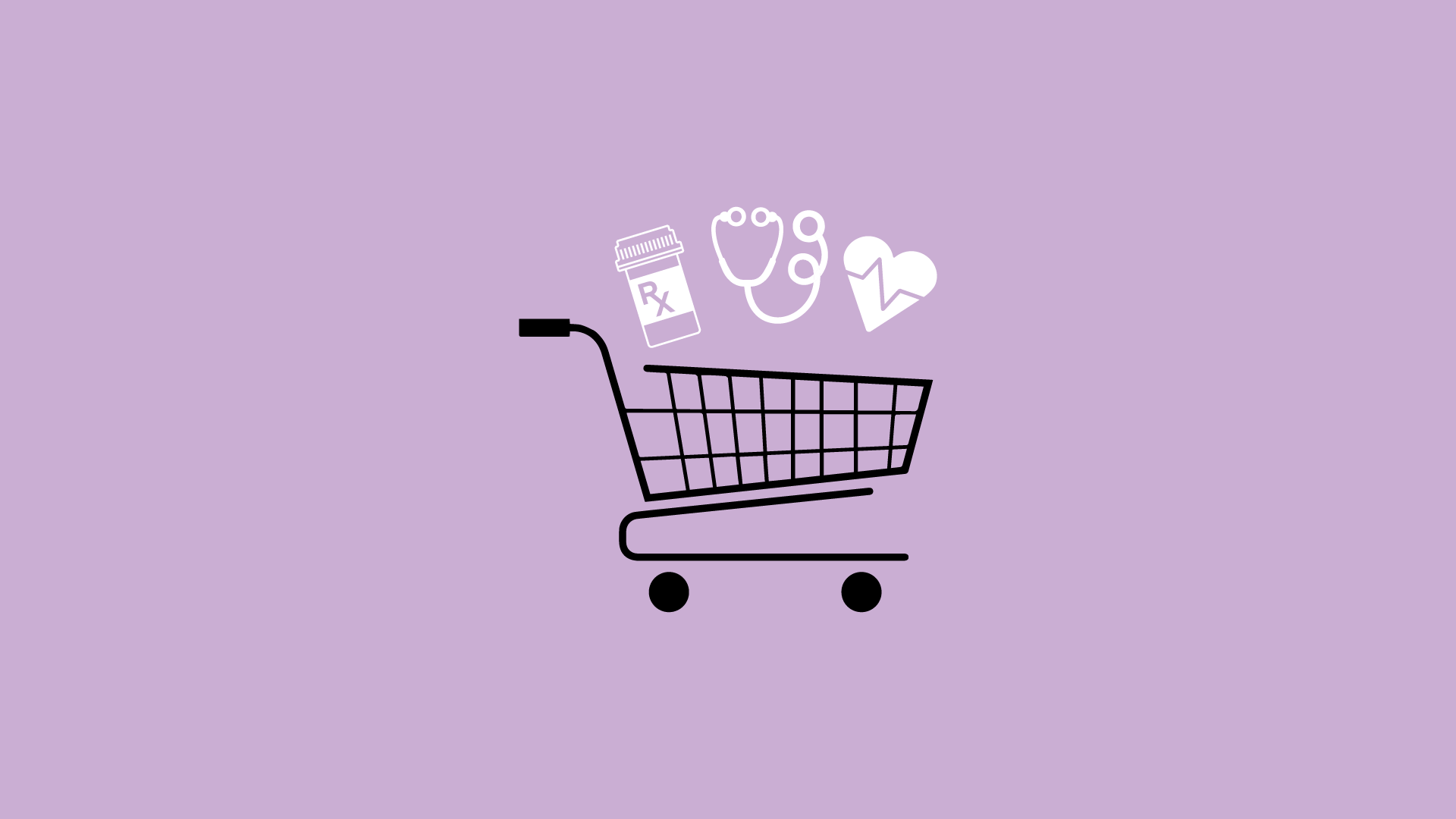The Consumerization of Healthcare
In the past, healthcare was a one-way street where patients relied on their doctors to make all the decisions for them, but now they are more empowered and informed than ever before. They want to be treated as consumers and expect a level of transparency and convenience that is often associated with other industries. This shift is known as the consumerization of healthcare, and it’s transforming the way healthcare is delivered.
While this isn’t a new concept, the consumerization of healthcare has been growing in popularity in recent years. During the COVID-19 pandemic, it accelerated significantly as individual patients sought new ways to connect with their healthcare providers or switched them in order to receive more personalized treatment for their unique needs.
Now, approximately 7 in 10 Americans would choose another healthcare provider for more convenience. Patients are looking for more suitable ways to schedule their appointments, communicate with their physicians, and even have virtual appointments, so they can fit them into their lives. Other studies show that 51% of patients go online to find and select a new healthcare provider and are more than twice as likely to use digital sources than a doctor’s referral in this process.
Taking this into account, it’s high time for you to take the right steps to fulfill the requirements of the consumerization of healthcare, meet patients where they are, and help them engage as active participants in their own health.
How to Turn the Consumerization of Healthcare to Your Advantage?
The rise of the consumerization of healthcare has empowered patients to take control of their healthcare decisions. They can access a wealth of information about their healthcare providers and services, from online reviews and ratings to social media posts. They can compare prices, services, and outcomes before they choose you as their healthcare provider.
This shift in power puts you under pressure to deliver a higher level of service, quality, and patient satisfaction, but also creates new opportunities to meet your patients where they are. Therefore, it’s essential to embrace these changes and turn the consumerization of healthcare to your advantage.
The Power of Online Reputation
Online reviews are the number-one factor influencing consumers’ choice of healthcare providers. However, when customers make an online search, they’re not just looking for five stars — it’s not that simple anymore. They’ll also take into consideration elements such as review quantity, quality, consistency, relevancy, and diversity.
 There are different ways you can enhance your online reputation, use reviews to attract new patients to your practice, and build trust with existing ones. Encourage your patients to leave you reviews by sending automated review requests via email or text message. These requests include a link to your Google Business Profile (GBP) or other review platforms, making it easy for patients to share their feedback. This way, it’s possible to save time and effort for both you and your patients, while also increasing the likelihood that they’ll leave a review in the first place.
There are different ways you can enhance your online reputation, use reviews to attract new patients to your practice, and build trust with existing ones. Encourage your patients to leave you reviews by sending automated review requests via email or text message. These requests include a link to your Google Business Profile (GBP) or other review platforms, making it easy for patients to share their feedback. This way, it’s possible to save time and effort for both you and your patients, while also increasing the likelihood that they’ll leave a review in the first place.
Responding to every review, positive or negative, is also crucial to show that you care about your patients and are committed to providing exceptional care. Make sure to respond to positive reviews by thanking the patient for their kind words and expressing your gratitude for their feedback. You can also use this opportunity to promote other services or ask them to refer others to your practice. At the same time, it’s equally important to respond to negative reviews by acknowledging the patient’s concerns and offering a solution or apology. Avoid getting defensive and focus on resolving the issue and improving patient satisfaction.
Your Digital Front Door
In today’s digital age, having a robust online presence is more important than ever to meet the demands of the consumerization of healthcare. Patients expect to find information about healthcare providers online, including their location, services, and reviews from other patients. They also want to schedule appointments quickly and easily from the comfort of their own homes and eliminate the need to call or wait on hold to book an appointment.
Just as your physical office is the first point of contact for patients, your website is often the first interaction they have with your practice online. Patients want clear and concise information, including your services, location, and contact information. With a well-designed and optimized website, you create a positive first impression and help patients make informed decisions about their healthcare needs.
High-quality visuals, such as photos and videos, can help patients visualize what it’s like to visit your practice and what kind of care they can expect. In addition to this, testimonials from satisfied patients can also help build trust and establish credibility.
By optimizing your website for relevant keywords and phrases, you can attract more traffic and increase your chances of being found by patients who are searching for healthcare providers in your area. This way you can also stand out from your competitors and attract new customers.
Accurate Information
When it comes to reasons why consumers decide not to schedule an appointment with a healthcare provider, different factors come into play, including outdated websites, lack of online scheduling options, or lack of reviews. On top of that, experience factors can make 49% of consumers change their minds. Among others, these factors include inaccurate information and inconsistencies between online listings, websites, and social media platforms.
Customers rely heavily on online information to make decisions about their healthcare providers, and inaccurate or outdated information can lead to frustration, confusion, and ultimately, lost patients. For example, if patients find outdated information on your website or come upon conflicting information on different online listings, they may question your credibility and look for another option.
That’s why all essential information about your healthcare organization, including your contact information, precise location, and business hours, should be listed, accurate, and consistent across different platforms. This helps you establish trust with patients and build a positive online reputation, leading to increased patient satisfaction, retention, and practice growth.
Meeting Healthcare Consumers’ Expectations
With the consumerization of healthcare, patients are increasingly viewing healthcare services as consumer products, rather than purely medical services. This means that they expect the same level of convenience, service, and personalization that they experience in other aspects of their lives.
As a result, you must adapt to meet the growing demands of healthcare consumers. This includes providing more personalized care, embracing technology, improving access to care, and enhancing the patient experience. If you find this too challenging, you can rely on SocialClimb’s platform and a range of easy-to-use features to improve your practice’s visibility, attract new patients, and grow your business.
SocialClimb’s automated review request system makes it easy for you to connect with patients, gather feedback, and identify areas for improvement in order to boost your online reputation and attract new patients. In addition to this, SocialClimb provides tools for local search optimization, social media management, and data analytics that help you improve your online presence, gain insights into patient behavior and preferences, build trust with patients and establish yourself as a healthcare provider of choice. With such a powerful set of features, you can easily adapt to the consumerization of healthcare, enhance the customer experience, provide better care to your patients, and ultimately improve patient satisfaction and retention.














